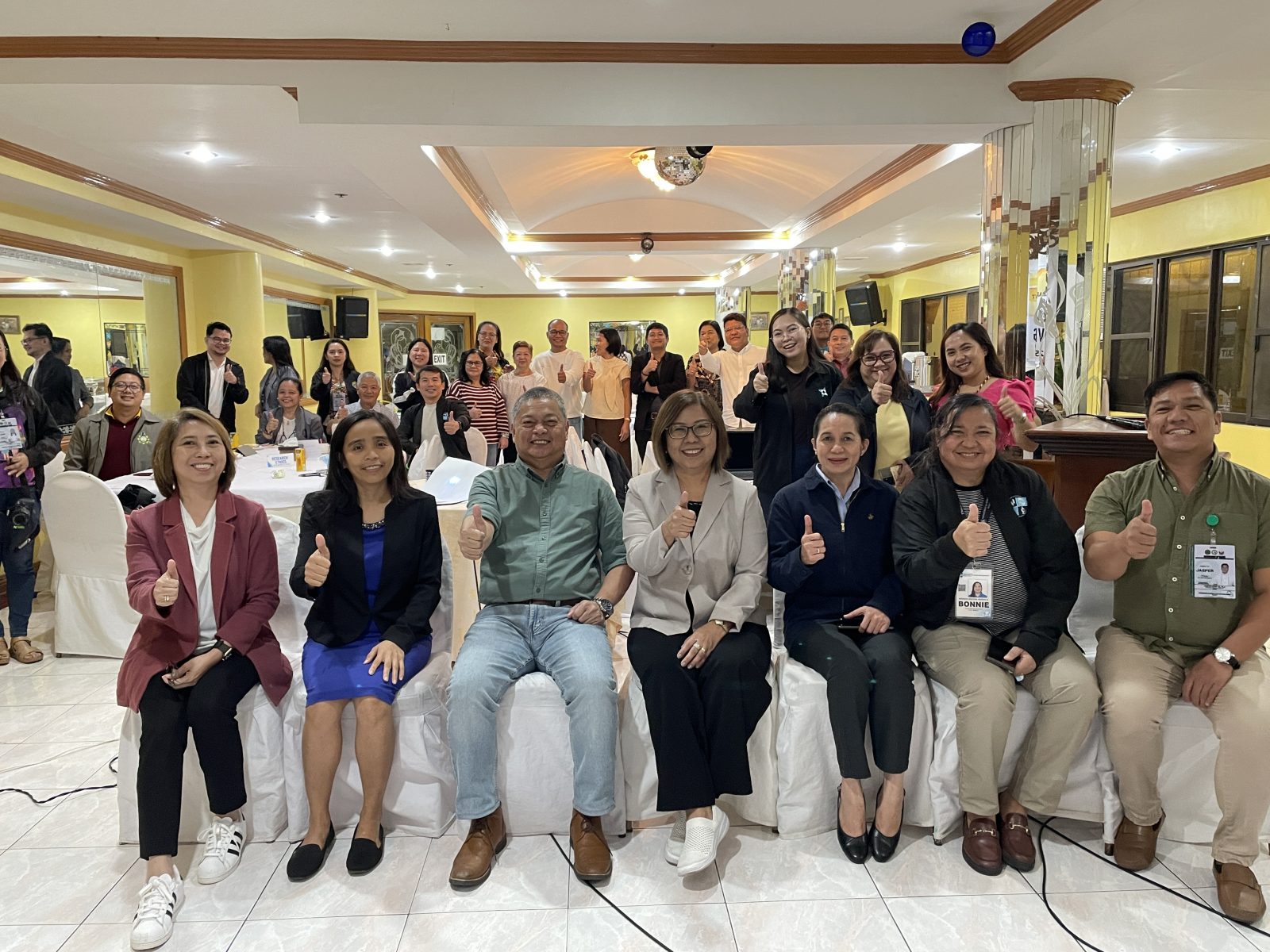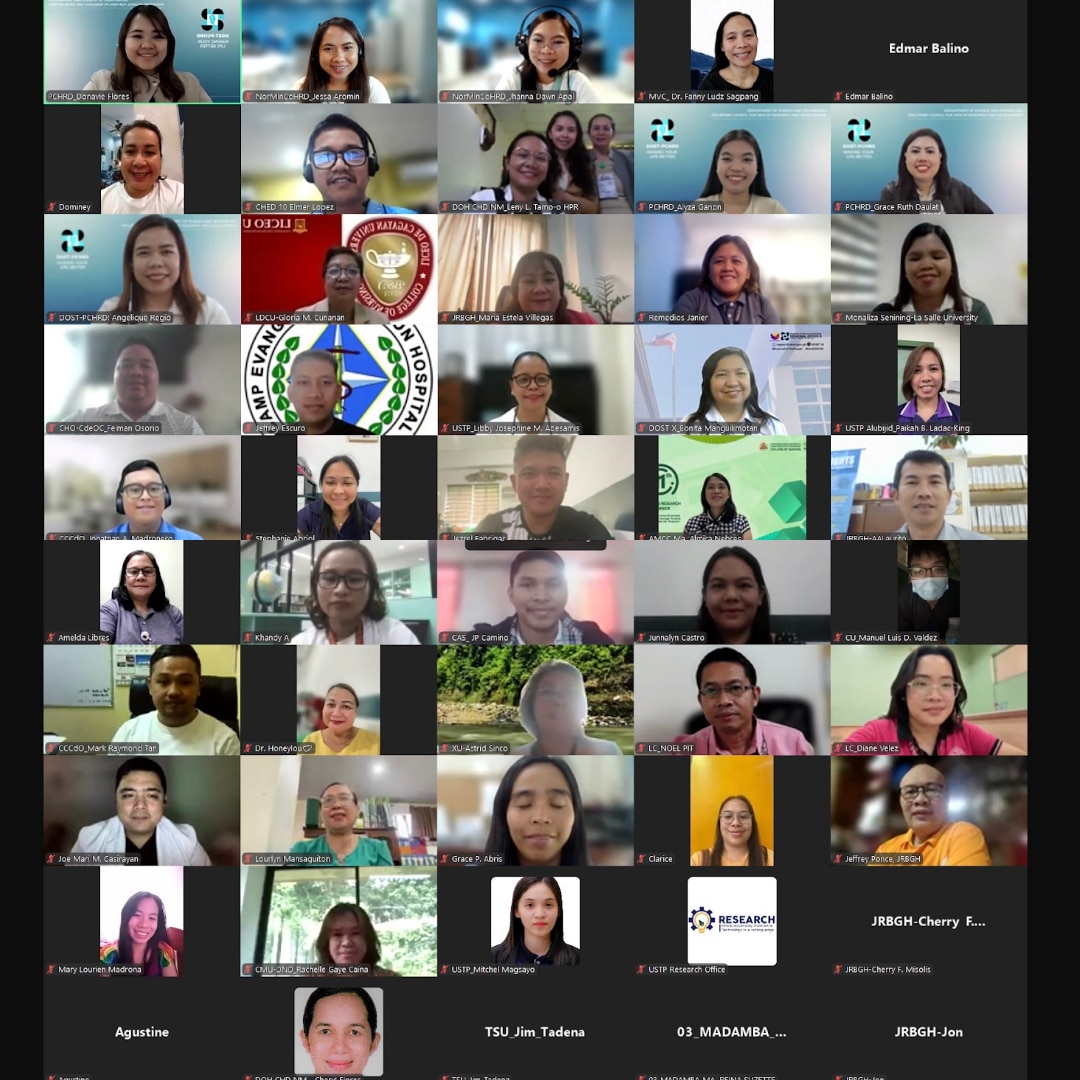Experts say screenings need to be more convenient. A cancer survivor says people need to tell their stories.
After everything we’ve learned about cervical cancer, it turns out the number of women actually getting screened may be much lower than previous national data suggested.
That’s according to a Mayo Clinic study published this month in the Journal of Women’s Health. But just how low? Even the researchers were surprised.
“We figured our rates would be a little bit lower. But they were much lower than we thought and hoped they would be,” said Kathy MacLaughlin, MD, a family medicine specialist and the study’s lead author.
Mayo Clinic researchers reviewed the records of more than 47,000 women living in Olmsted County, Minnesota, from 2005 to 2016.
They found that in 2016, fewer than two-thirds of the women ages 30 to 65 were up to date on their cervical cancer screenings. For the women ages 21 to 29, slightly more than half were up to date.
Asian women were nearly 30 percent less likely to be current on their screening than white women were. And African-American women were 50 percent less likely to be up to date than their white counterparts were.
The study didn’t examine the reasons women weren’t getting screened. But MacLaughlin says there are probably multiple factors.
“It can be challenging to do something once every three or five years,” she said. “I think that’s part of the issue.”
She also says economics might play a role for some women.
“There are barriers that are financial, such as lack of insurance or access to healthcare,” MacLaughlin said.
Tamika Felder is a cervical cancer survivor, an advocate, and the founder of Cervivor, a nonprofit organization dedicated to spreading awareness.
When she was younger, she didn’t keep up to date on her screenings.
“Even when I got health insurance, I still didn’t go,” she said.
Felder believes getting survivors to tell their stories is key to convincing other women to get checked.
She began her mission in 2005 by sharing her personal story. Four years earlier, the then 25-year-old television producer was diagnosed with stage 2 cervical cancer.
“My life is forever changed,” Felder said. “I was lucky. Although I lost my fertility, I didn’t lose my life.”
Now she motivates a network of survivors to tell their own “cervivor” stories online and in their communities.
“We should be talking about cervical cancer like we talk about breast cancer,” Felder said. “I talk about Pap tests and ‘stirrup stories,’ as I call them, because I want it to become a normal conversation, just like you might ask a friend or family member if she’d had a mammogram.”
MacLaughlin says she hopes the study results will encourage healthcare practitioners to think outside the box and come up with ways to get more women screened.
One idea? Making testing more convenient.
“Consider having some evening or weekend hours,” she said. “Or maybe the urgent care staff could provide this service.”
Another possibility that’s being studied is home test kits.
“I see this as something that’s going to change in upcoming years and be an option to reach more women,” MacLaughlin said.








